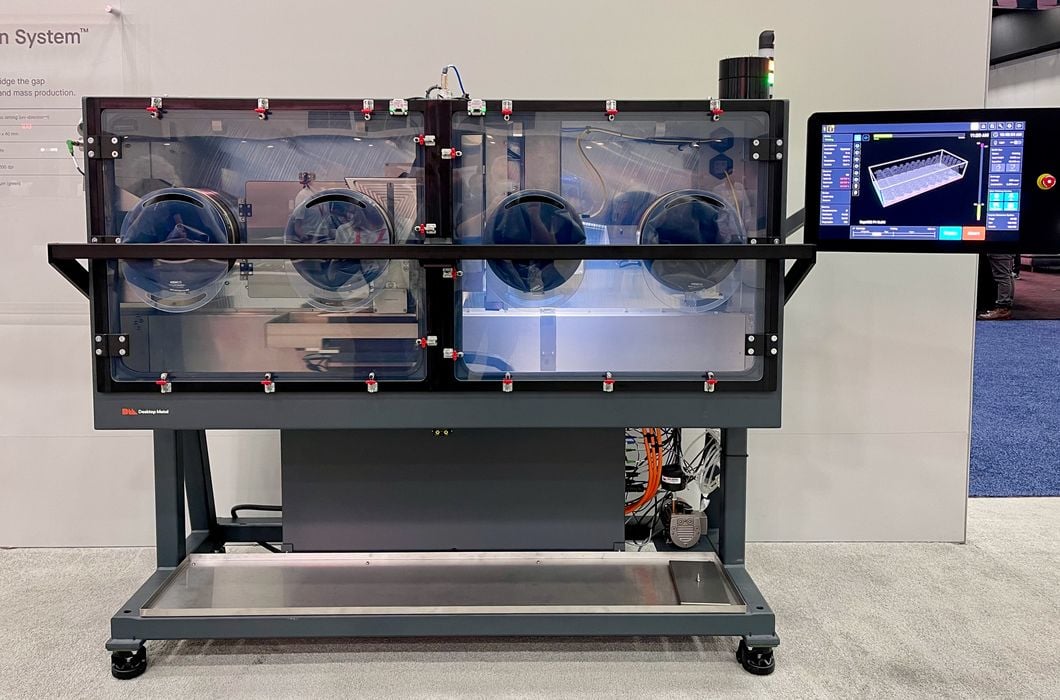
Are we all prisoners of our 3D print terminology?
I heard something at AMS 2025 the other week that is still puzzling me. It was from John Barnes of The Barnes Global Advisors (TBGA), a firm that advises additive manufacturing operations.
In his talk, Barnes explored the typical lifecycle of a part from design to completion, and remarked about the nature of the machinery in the 3D print world.
He explained that in manufacturing, every machine is designed around a specific purpose, and becomes part of the entire production process.
By contrast, in the 3D print world, we think of things quite differently. In many minds, “3D printing” is the activity.
This is so much so that we have literally twisted our vocabulary around that concept.
For example, we often refer to “post processing” as the activities that take place after the 3D printing has completed.
Barnes proposes this is entirely wrong. What we call “post processing” is actually “just more processing”: manufacturing is about getting from design to completed object, and all the steps in-between are the processing.
Do you see how this has done? Because we are so focused on the 3D printing part, we assume that the next step is “post” processing. After the “important” part.
Barnes is correct, it’s all just processing. Those completed parts might be painted, sanded, drilled, assembled, packaged, etc. There’s a long series of processing steps required, and what we call 3D printing is only one of them that occasionally appears somewhere in the activity stream.
I believe this is one of the reasons 3D print technology has had a challenging time entering the larger manufacturing space: we think of it as something special, something different that is unlike the other machines used in manufacturing.
In truth, it isn’t. It’s just another step in the lifecycle.
The terminology used in the 3D print industry is largely derived from historical times, before manufacturing with it was truly possible. Early uses were mostly rapid prototyping, which is very different from manufacturing. However, those days cemented our terminology and how we think about the technology to this day. It’s also reinforced by the current growing market of desktop equipment, which mostly follows the rapid prototyping activity sequence.
I believe that once 3D printer manufacturers accept this, they could have an easier time selling equipment to manufacturers and finally start to grow to a much larger scale.
What other terms do we use in the industry that should be changed?
